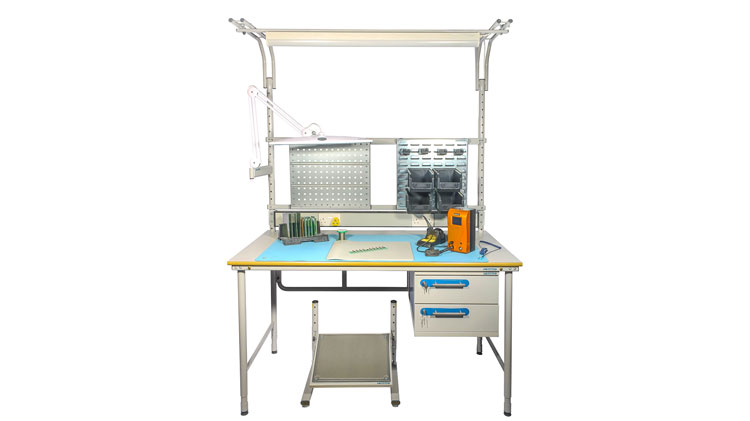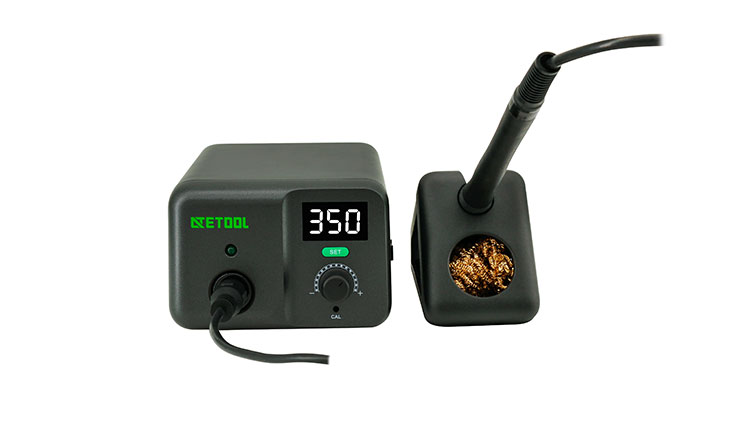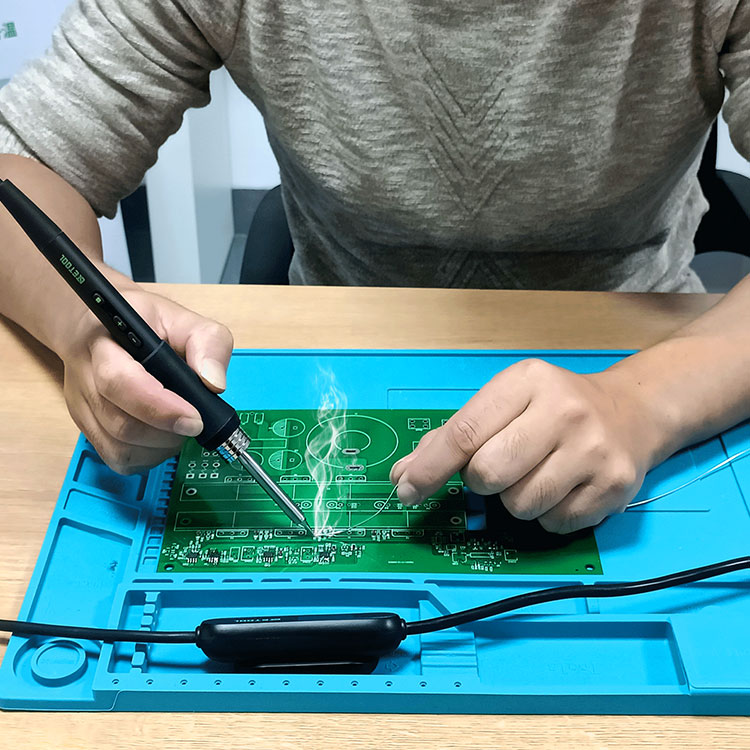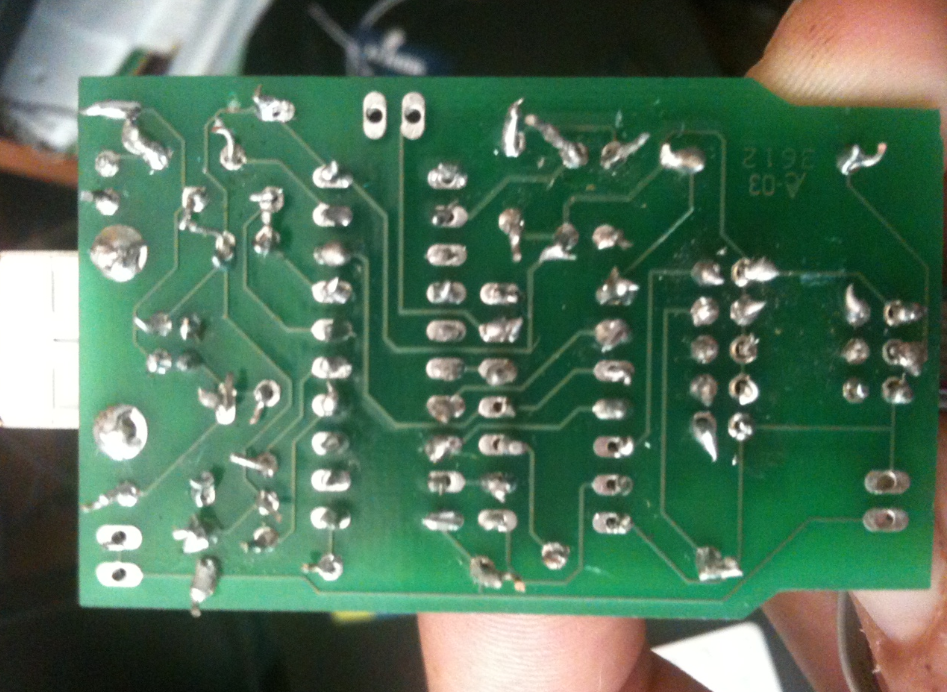The three steps to proper soldering are preparation, heating, and application. These steps are essential for the success, the quality, and the efficiency of the soldering process, and they ensure that the soldered joint is strong, durable, and reliable.
The first step of proper soldering is preparation, which involves preparing the metal parts, the tools and materials, and the work area for the soldering process. In this step, the metal parts are inspected for defects, such as cracks, dents, or deformations, and they are cleaned and dried to remove contaminants, such as oxide, dirt, grease, or oil. The tools and materials, such as the soldering iron, the solder, the flux, and the other accessories, are also prepared and checked for proper working order and condition. The work area is also prepared by providing adequate lighting, ventilation, and protection from the environment and by organizing the tools and materials in a convenient and accessible manner.

The second step of proper soldering is heating, which involves heating the soldering iron and the metal parts to the right temperature for soldering. In this step, the soldering iron is turned on and adjusted to the right temperature according to the type of soldering project and the instructions provided by the manufacturer. The metal parts are also heated up, either by using the soldering iron directly or by using a heat gun, a torch, or another heating device, to reach the right temperature for soldering. The temperature of the soldering iron and the metal parts is important, as it determines the melting point and the flow of the solder, and it affects the strength and durability of the soldered joint.

The third step of proper soldering is the application, which involves applying flux and solder to the metal parts, where they clean, activate, and protect the metal surfaces during the soldering process. In this step, the flux is prepared, either by mixing it with water, heating it, or using a pre-made flux paste, according to the type of soldering project and the instructions provided by the manufacturer. The flux is then applied to the metal parts, either by using a brush, a sponge, or another applicator, by using a soldering iron or a soldering gun, or by using a spray, a dip, or another method, to spread it evenly and uniformly over the metal parts. The flux is then allowed to penetrate the metal parts, removing oxide, dirt, grease, or oil and preparing the metal parts for the next step of soldering.

In short, the three steps to proper soldering are preparation, heating, and application. These steps are essential for the success, the quality, and the efficiency of the soldering process, and they ensure that the soldered joint is strong, durable, and reliable. By following these steps of proper soldering, the solderer can create a strong and durable soldered joint and become a skilled and confident solderer.
While the three steps of proper soldering are essential for the success of the soldering process, they are not the only steps involved in the process. Additional steps are required to complete the soldering process and ensure that the soldered joint is strong, durable, and reliable. These additional steps include inspection, cleaning, and maintenance, which are essential for the quality and longevity of the soldered joint.
The fourth step of proper soldering is inspection, which involves inspecting the soldered joint to ensure that it is strong, durable, and reliable. In this step, the soldered joint is examined visually and mechanically to check for defects, such as gaps, voids, or excess, and compliance, such as dimensions, angles, or tolerances. Inspecting the soldered joint is important, as it helps to identify any problems or deficiencies and correct them before they cause failures or damages.
The fifth step of proper soldering is cleaning, which involves cleaning the soldered joint to remove contaminants, such as flux, oxide, or dirt, and improve the soldered joint's appearance, performance, and reliability. In this step, the soldered joint is cleaned with a brush, a sponge, a solvent, or another cleaning agent to remove flux, oxide, or dirt and expose the soldered joint's metal surfaces. Cleaning the soldered joint is important, as it helps remove any residues or impurities and prevent corrosion or failure.

The sixth step of proper soldering is maintenance, which involves maintaining the soldering iron and the other tools and materials to ensure that they are in good working order and condition and to extend their lifespan and performance. In this step, the soldering iron and the other tools and materials are checked, cleaned, lubricated, or repaired according to the instructions provided by the manufacturer, and they are stored properly to avoid contamination, corrosion, or damage. Maintenance of the soldering iron and other tools and materials is important, as it helps prevent failures or defects and extends their lifespan and performance.
In conclusion, the three steps of proper soldering are essential for the success of the soldering process, but they are not the only steps involved in the process. There are additional steps, such as inspection, cleaning, and maintenance, which are essential for the quality and longevity of the soldered joint. By following these steps of proper soldering, the solderer can create a strong, durable, and reliable soldered joint and become a skilled and confident solderer.
Contact: Mr. Li
Phone: (0086) 138 24254 321
E-mail: atetool@atetool.com.cn
Add: 5F, 1-2# Building, Tongfuyu Industrial Zone, Aiqun Rd, Shiyan Subdistrict, Bao'an, Shenzhen, 518108, China